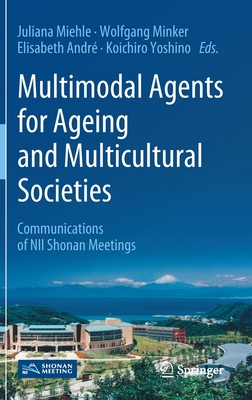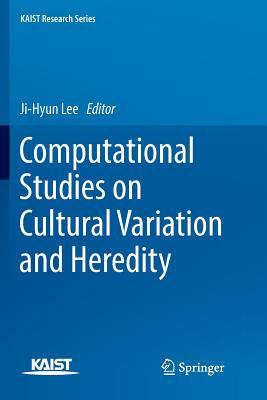Machine Learning for Dynamic Software Analysis: Potentials and Limits: International Dagstuhl Seminar 16172, Dagstuhl Castle, Germany, April 24-27, ... Papers (Lecture Notes in Computer Science)
暫譯: 動態軟體分析的機器學習:潛力與限制:國際達格斯圖爾研討會 16172,德國達格斯圖爾城堡,2016年4月24-27日... 論文(計算機科學講義筆記)
- 出版商: Springer
- 出版日期: 2018-07-21
- 售價: $2,800
- 貴賓價: 9.5 折 $2,660
- 語言: 英文
- 頁數: 268
- 裝訂: Paperback
- ISBN: 3319965611
- ISBN-13: 9783319965611
-
相關分類:
Machine Learning、Computer-Science
海外代購書籍(需單獨結帳)
相關主題
商品描述
Machine learning of software artefacts is an emerging area of interaction between the machine learning and software analysis communities. Increased productivity in software engineering relies on the creation of new adaptive, scalable tools that can analyse large and continuously changing software systems. These require new software analysis techniques based on machine learning, such as learning-based software testing, invariant generation or code synthesis. Machine learning is a powerful paradigm that provides novel approaches to automating the generation of models and other essential software artifacts. This volume originates from a Dagstuhl Seminar entitled "Machine Learning for Dynamic Software Analysis: Potentials and Limits” held in April 2016. The seminar focused on fostering a spirit of collaboration in order to share insights and to expand and strengthen the cross-fertilisation between the machine learning and software analysis communities. The book provides an overview of the machine learning techniques that can be used for software analysis and presents example applications of their use. Besides an introductory chapter, the book is structured into three parts: testing and learning, extension of automata learning, and integrative approaches.
商品描述(中文翻譯)
軟體工件的機器學習是一個新興的領域,涉及機器學習與軟體分析社群之間的互動。軟體工程的生產力提升依賴於創建新的自適應、可擴展的工具,這些工具能夠分析大型且持續變化的軟體系統。這些工具需要基於機器學習的新軟體分析技術,例如基於學習的軟體測試、不變式生成或程式碼合成。機器學習是一種強大的範式,提供了自動生成模型和其他基本軟體工件的新方法。本書的內容源自於2016年4月舉行的Dagstuhl研討會,題為「動態軟體分析的機器學習:潛力與限制」。該研討會專注於促進合作精神,以分享見解並擴展和加強機器學習與軟體分析社群之間的交叉融合。本書提供了可以用於軟體分析的機器學習技術的概述,並展示了其應用的示例。除了引言章節外,本書分為三個部分:測試與學習、自動機學習的擴展,以及整合性方法。


























